Bournazel © Foto: Mathias Petersheim
Immeubles Sidi Othman | André Studer & Jean Hentsch | 1952/53
Block N | Original State in 1953 | © Drawing: Eva Hoffmann
Block N | Transfored State in 2018| © Drawing: Eva Hoffmann
Block N | Original State in 1953 | © Drawing: Eva Hoffmann
Block N | Original State in 1953 | © Drawing: Eva Hoffmann
Transfomations recorded in 2018 © Drawing: Eva Hoffmann
© Foto: Eva Hoffmann
© Foto: Eva Hoffmann
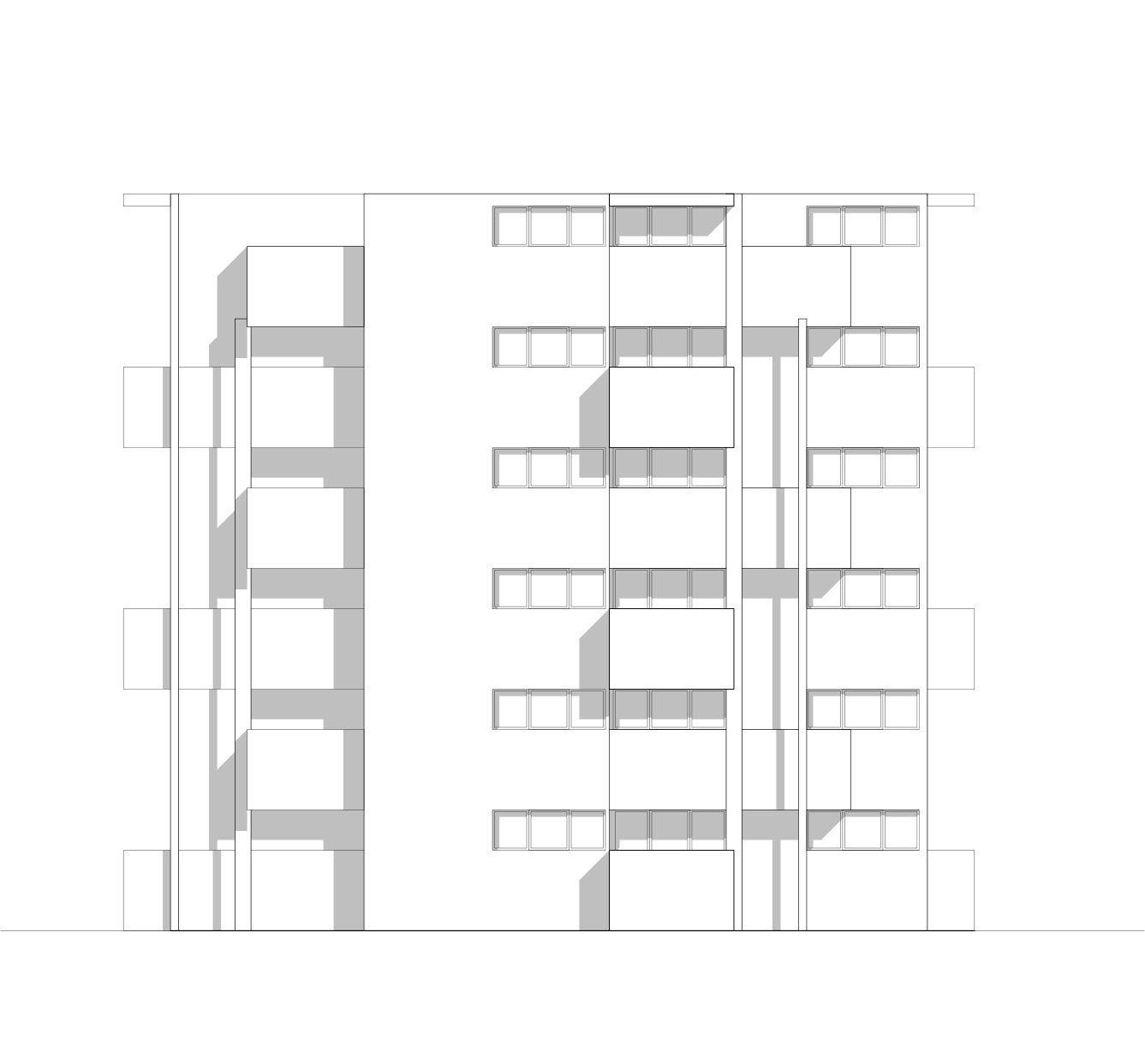
Block O | Original State in 1953 | © Drawing: Omar Mekati
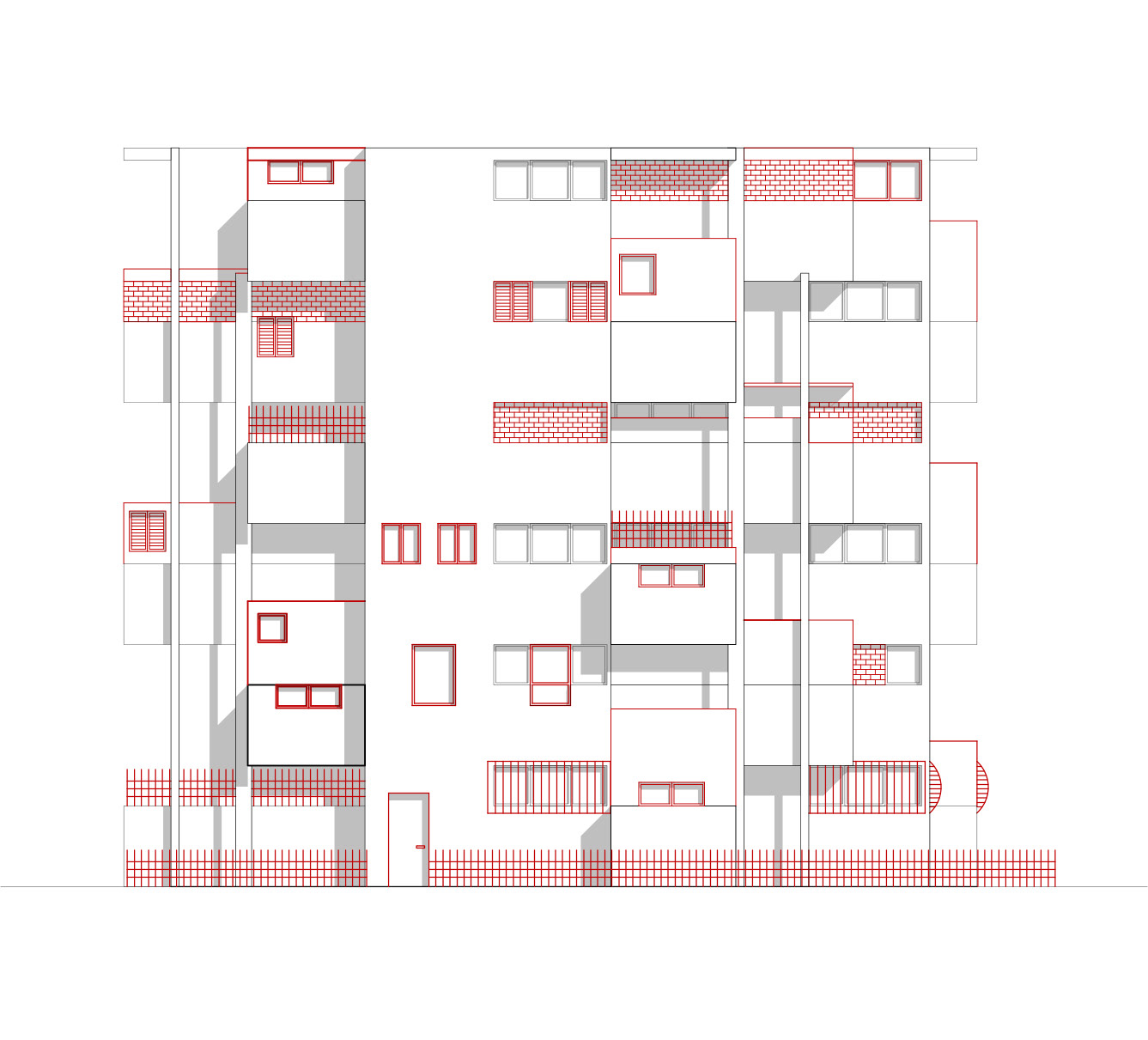
Block O | Transformed State in 2018 | © Drawing: Omar Mekati
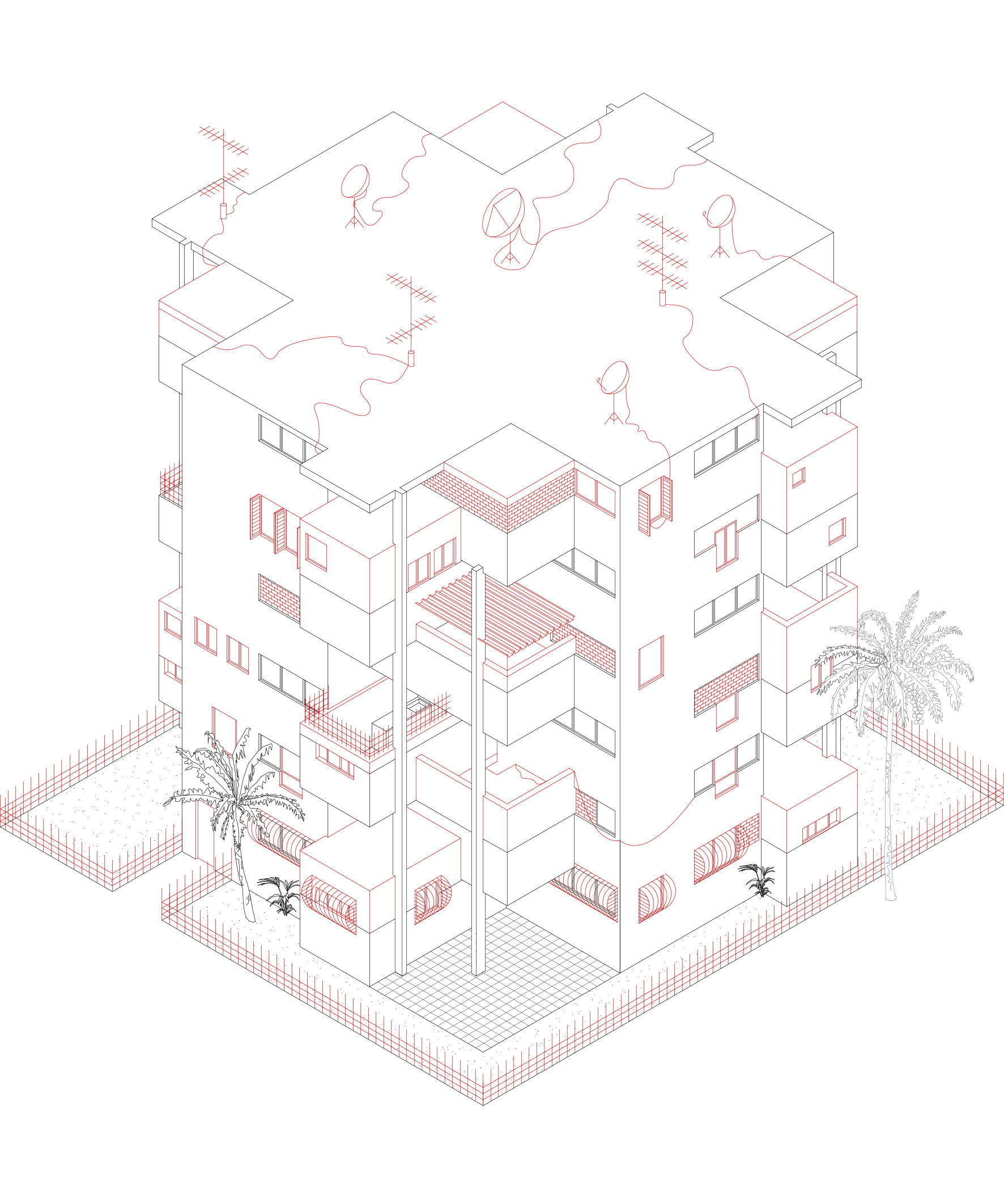
Block O | Transformed State in 2018 | © Drawing: Omar Mekati

Block O | Original State in 1953 | © Drawing: Omar Mekati
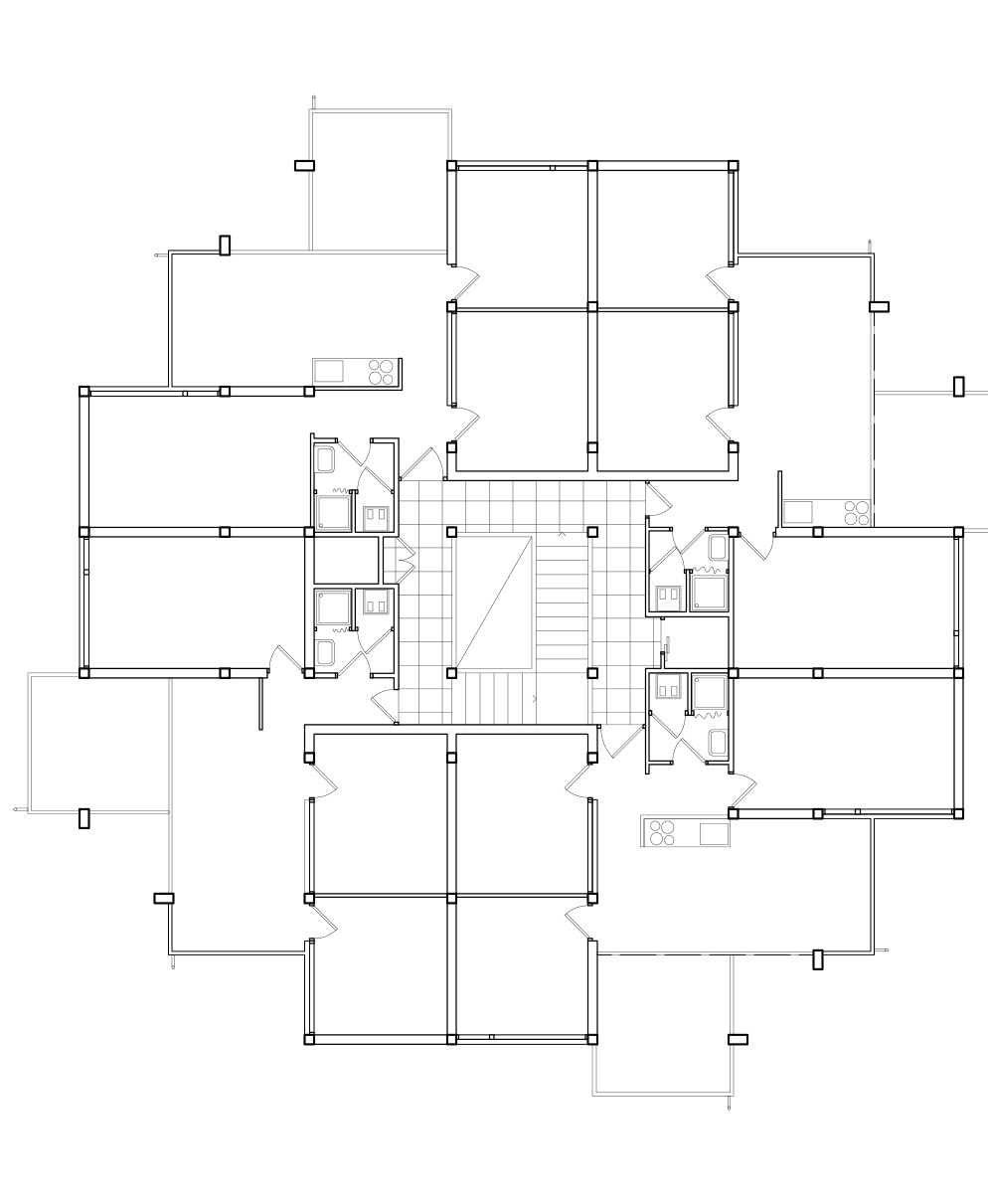
Block O | Original State in 1953 | © Drawing: Omar Mekati

© Foto: Omar Mekati
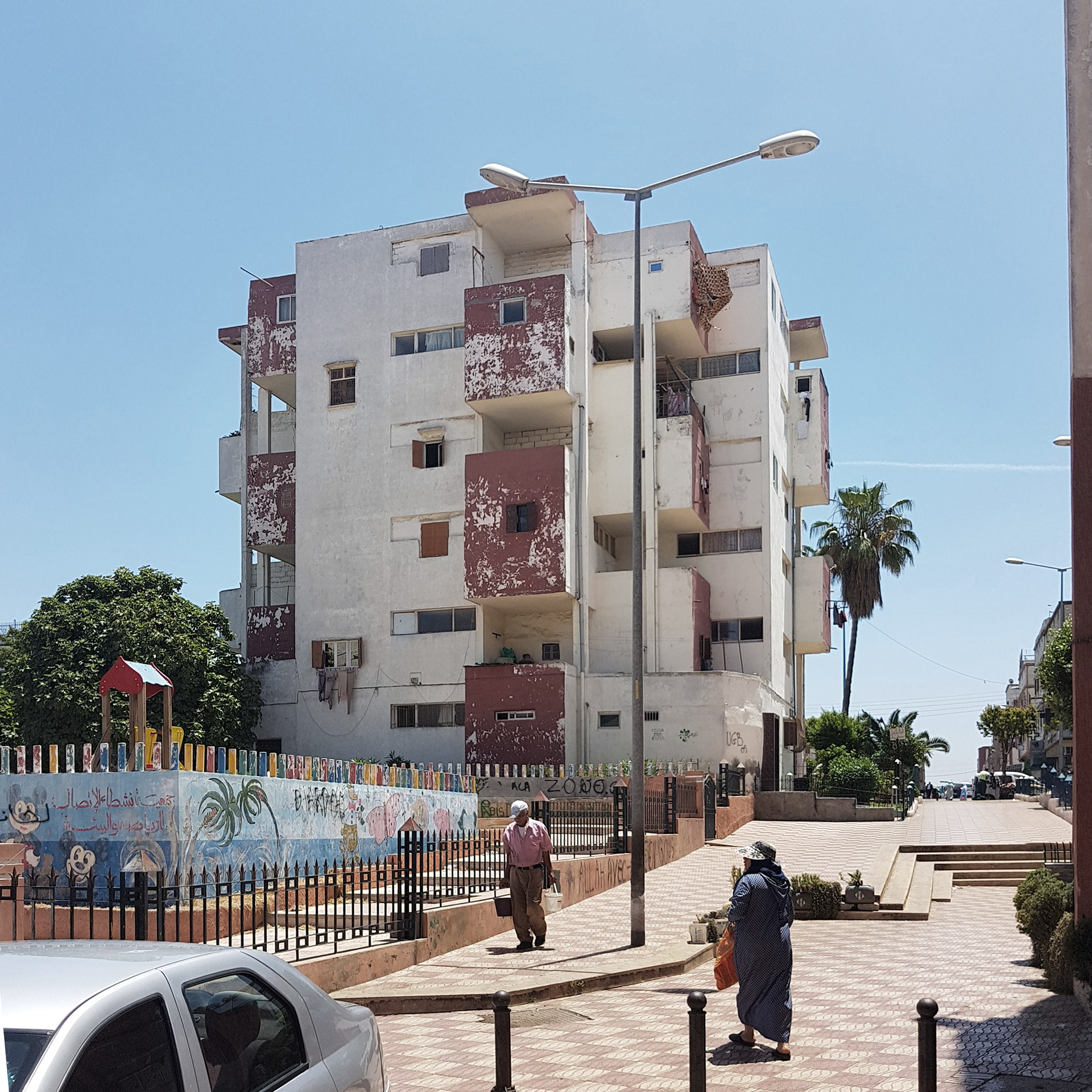
© Foto: Omar Mekati
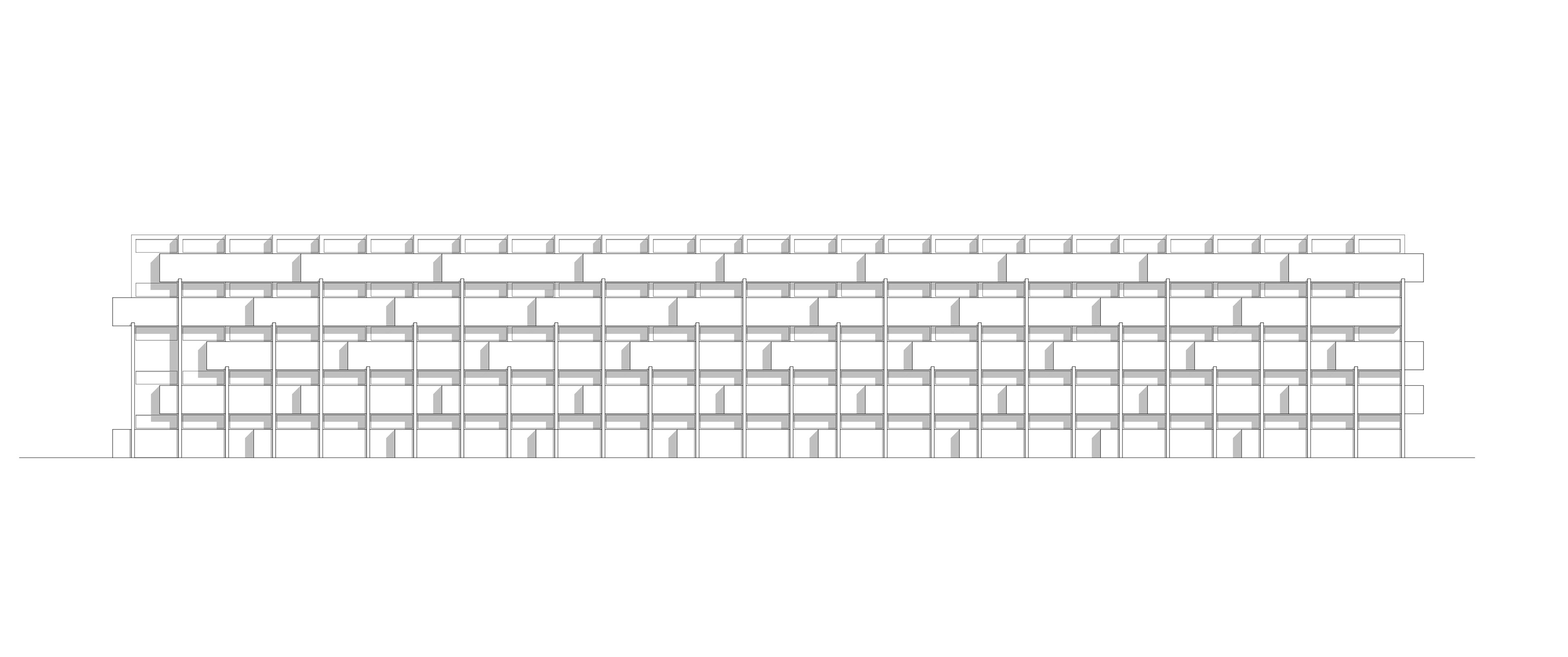
Block P | Original State in 1953 | © Drawing: Vanessa Salm
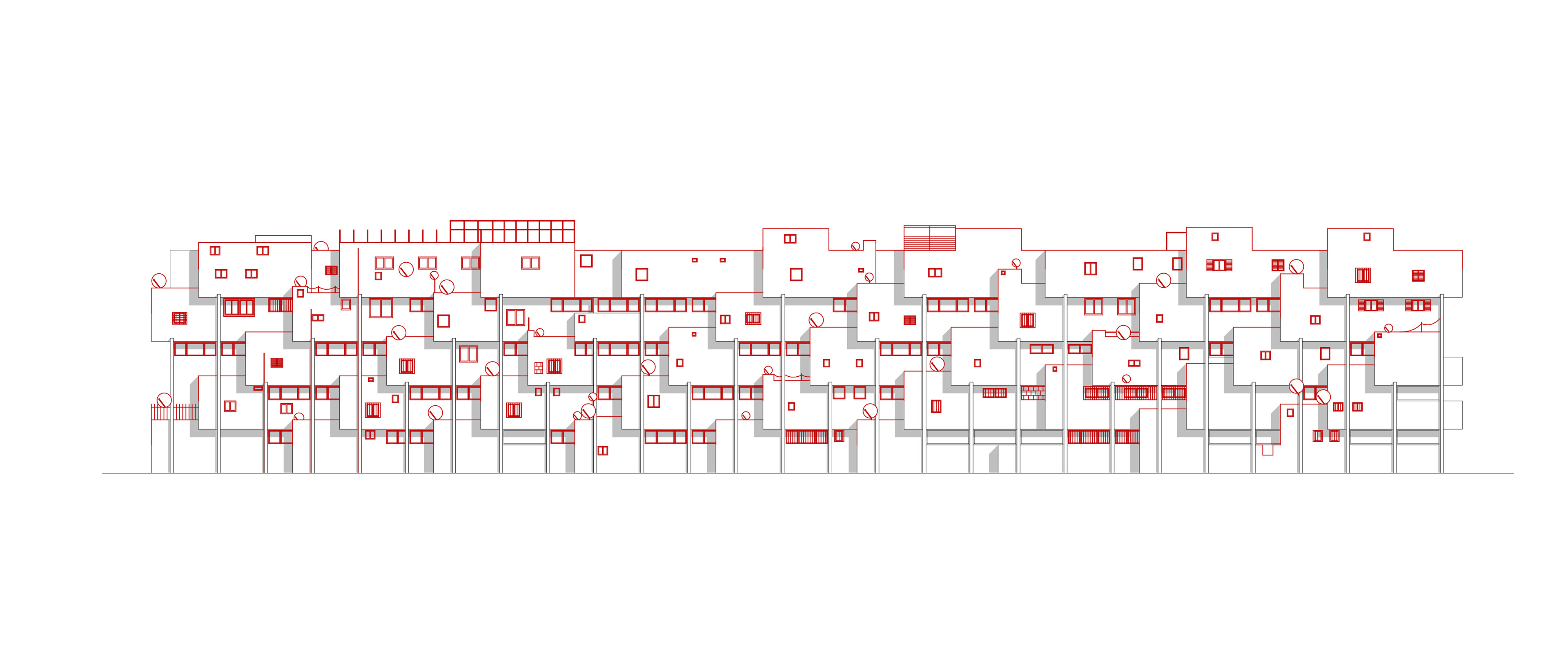
Block P | Transformed State in 2018 | © Drawing: Vanessa Salm
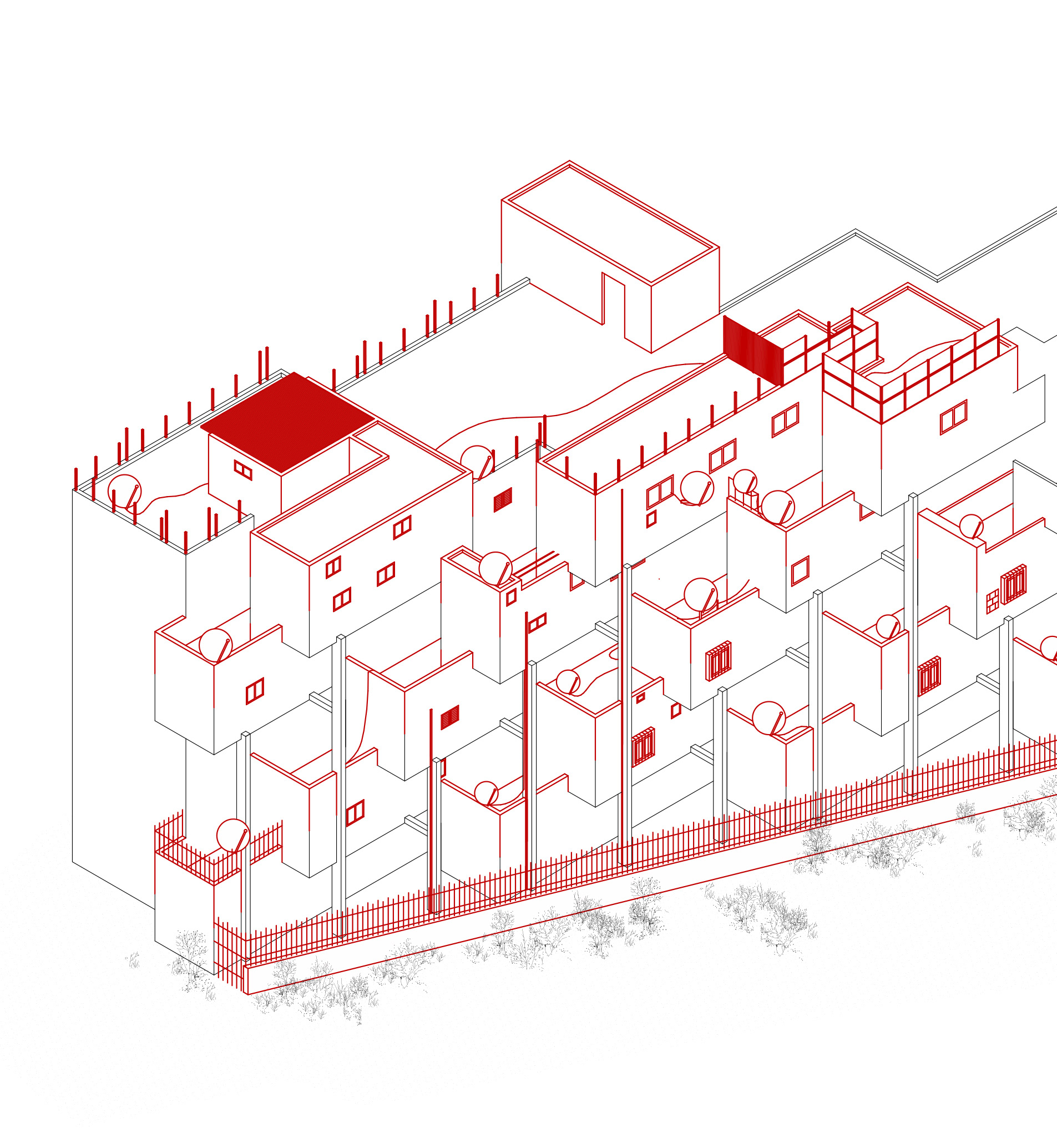
Block P | Transformed State in 2018 | © Drawing: Vanessa Salm

Block P | Original State in 1953 | © Drawing: Vanessa Salm

Block P | Original State in 1953 | © Drawing: Vanessa Salm

© Foto: Vanessa Salm
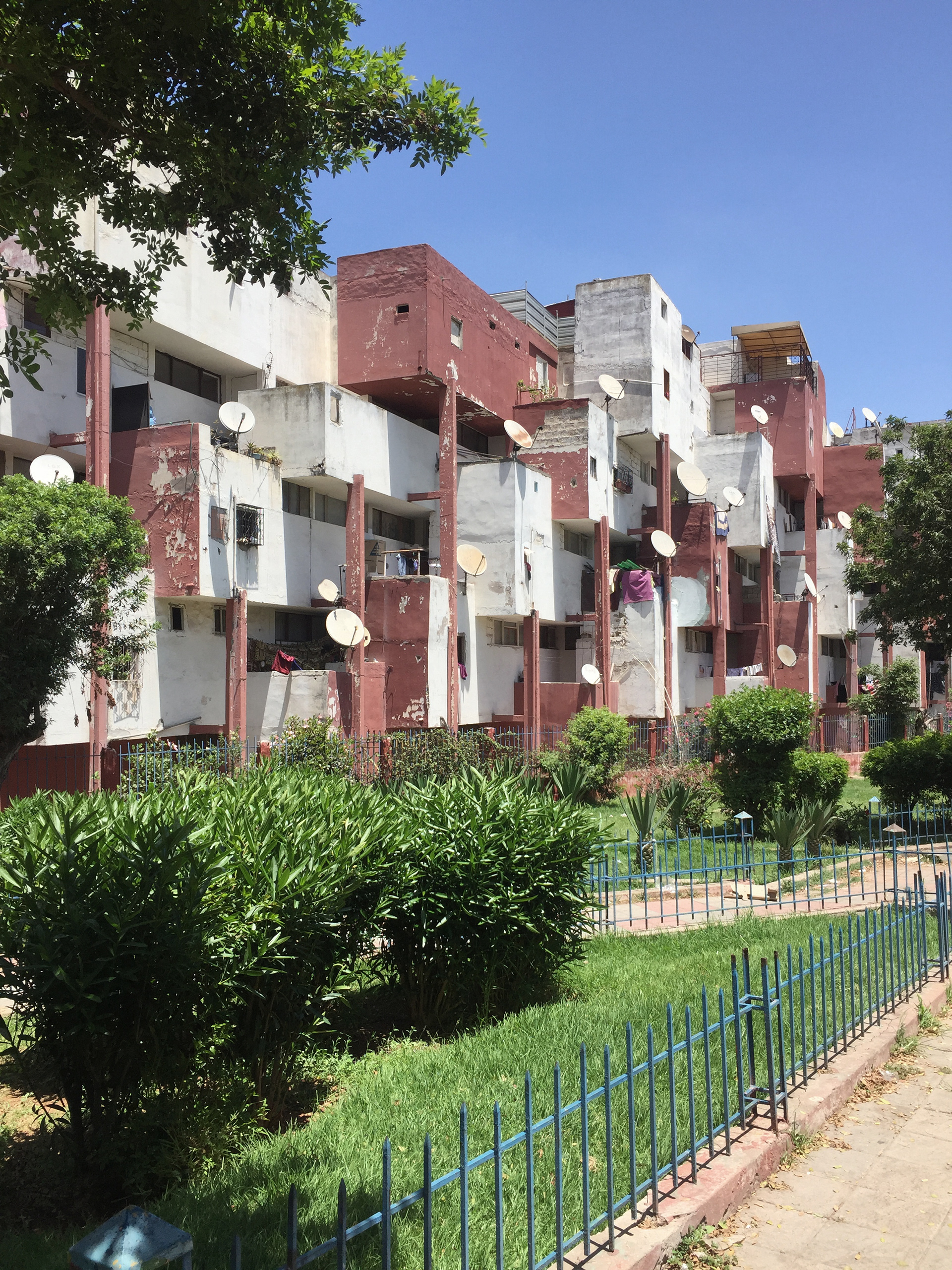
© Foto: Vanessa Salm

© Foto: Vanessa Salm
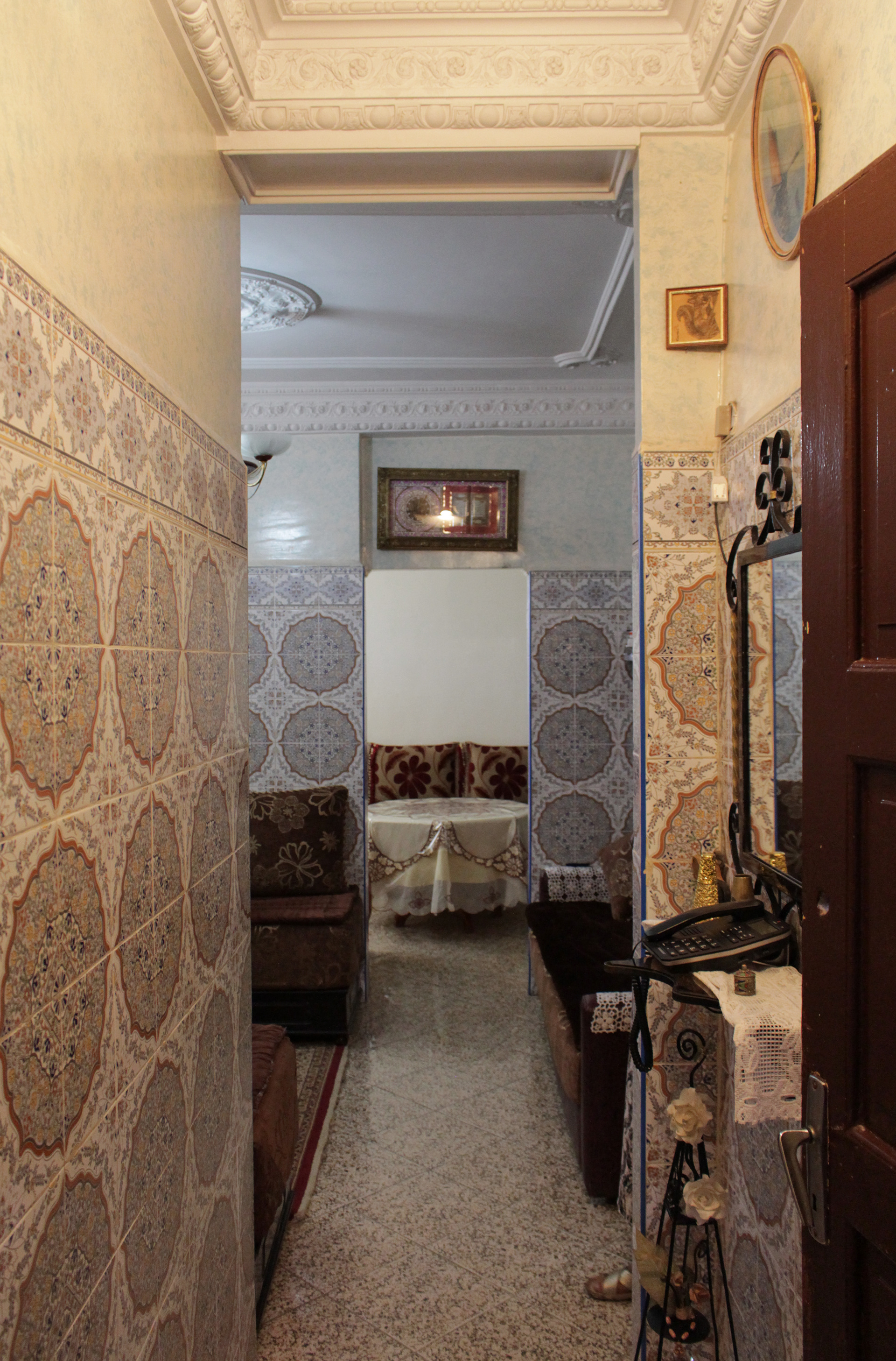
© Foto: Vanessa Salm
Derb Jedid | Elie Azagury | 1952-1957
Type Arsène | Original State in 1957 | © Drawing: Johannes Ewerbeck
Type Arsène | Transformed State in 2018| © Drawing: Johannes Ewerbeck
Type Arsène | Original State in 1957 | © Drawing: Johannes Ewerbeck
Type Arsène | Transformed State in 2018| © Drawing: Johannes Ewerbeck
Type Arsène | Transformed State in 2018| © Drawing: Johannes Ewerbeck
© Foto: Johannes Ewerbeck
© Foto: Johannes Ewerbeck
Cité Plateau | Gaston Jaubert & Pierre Coldefy | 1957-60
Le Plateau | Original State in 1960 | © Drawing: Nils Fröhling
Le Plateau | Transformed State in 2018| © Drawing: Nils Fröhling
Le Plateau | Original State in 1960 | © Drawing: Nils Fröhling
Le Plateau | Transformed State in 2018| © Drawing: Nils Fröhling
© Foto: Nils Fröhling
© Foto: Nils Fröhling
© Foto: Nils Fröhling
© Foto: Nils Fröhling
Roesler, Sascha, Habitat Marocain Documents. Dynamics between Foraml and Informal Housing, Zürich, 2015
Avermaete, Tom, Casciato, Maristella, Casablanca Chandigarh. A Report on Modernization, Zürich, 2014
Fundementalists and other Arab Modernisms, Kingdom of Bahrain National Participation Architecture from the Arab World. 1914-2014 (a Selection) 14th International Architecture Exhibition la Biennale di Venezia, 2014
Coen, Jean-Louis, Eleb, Monique, Casablanca: Colonial Myths and Architectural Ventures, Monacelli, New York, 2003
Roger, Diener (ETH Studo Basel), The inevitable specificity of cities, Lars Müller Publishers, Zürich, 2015
L’ architecture d’aujourd’hui : AA ; première revue internationale d’architecture modern/ 26.1955, Nr. 58-63, Paris
L’ architecture d’aujourd’hui : AA ; première revue internationale d’architecture modern/ 26.959, Nr.85-87, Paris
Casamemoire.org
Mutualheritage-casablanca.univ-tours.fr
www.studio-basel.com/projects/casablanca-15/index.html
www.studio-basel.com/projects/casablanca-08/index.html
www.studio-basel.com/projects/casablanca-05/index.html